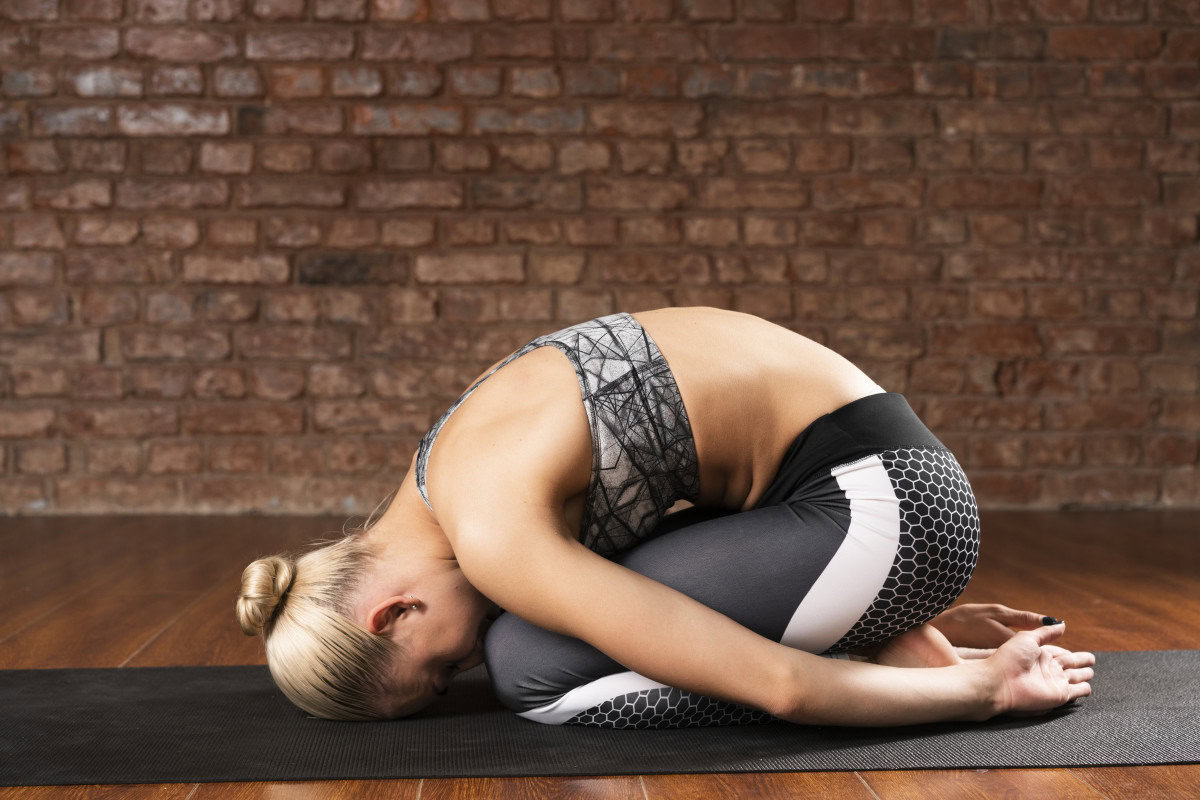Introduction
In our modern lifestyle, poor posture and chronic pain are common complaints. Whether it’s from long hours at a desk, repetitive movements, or simply the stresses of daily life, our bodies often suffer. Pilates, a form of exercise focusing on core strength, flexibility, and mindful movement, can be a powerful tool to improve posture and alleviate pain. This article explores how Pilates can help you achieve better alignment and reduce discomfort.
1. Understanding the Connection Between Posture and Pain:
The Impact of Poor Posture: Poor posture can lead to a range of issues, including back pain, neck pain, and headaches. When the body is misaligned, it puts extra strain on muscles, ligaments, and joints, leading to discomfort and potential injury.
The Role of Pilates: Pilates emphasizes proper alignment, core strength, and balanced muscle development. By focusing on these principles, Pilates helps to correct postural imbalances and relieve strain on the body.
2. How Pilates Improves Posture:
Core Strengthening: A strong core is essential for good posture. Pilates exercises target the deep abdominal muscles, back muscles, and pelvic floor, providing a solid foundation for the spine. This core stability supports the body in maintaining proper alignment throughout daily activities.
Spinal Alignment: Pilates promotes awareness of spinal alignment and encourages movements that support a neutral spine position. Exercises such as the Pilates roll-up and spine stretch help lengthen the spine and improve overall posture.
Balanced Muscle Development: Many people have muscle imbalances due to repetitive motions or sedentary lifestyles. Pilates exercises work both the agonist and antagonist muscles, ensuring balanced strength and flexibility. This balance helps to prevent and correct postural deviations.
3. Pilates Exercises for Posture Improvement:
The Hundred: This classic Pilates exercise strengthens the core and promotes proper alignment. Lie on your back with legs in tabletop position, lift your head and shoulders, and pump your arms up and down while engaging your core.
Roll-Up: The roll-up stretches the spine and strengthens the abdominal muscles. Lie flat with arms overhead, and slowly roll up to touch your toes, then roll back down one vertebra at a time.
Spine Stretch Forward: Sit with legs extended and feet flexed. Reach forward, articulating the spine as you stretch. This exercise lengthens the spine and promotes flexibility.
Single-Leg Circles: Lying on your back, lift one leg and draw circles in the air. This movement enhances hip mobility and stabilizes the core, supporting better posture.
Plank: A fundamental exercise for overall stability. Hold a plank position with your body in a straight line from head to heels, engaging the core and maintaining proper alignment.
4. Alleviating Pain Through Pilates:
Chronic Back Pain: Pilates has been shown to be effective in managing chronic back pain. Strengthening the core muscles and improving spinal alignment reduces pressure on the lower back. A study published in the Journal of Orthopedic & Sports Physical Therapy found that Pilates significantly reduced pain and disability in individuals with chronic low back pain.
Neck and Shoulder Pain: Poor posture often leads to neck and shoulder pain. Pilates exercises focus on aligning the head and neck with the spine, reducing strain on these areas. Gentle movements and stretches can alleviate tension and discomfort.
Hip and Knee Pain: By promoting balanced muscle development and proper alignment, Pilates can help alleviate pain in the hips and knees. Strengthening the surrounding muscles and improving flexibility supports joint health and reduces stress.
5. Scientific Evidence Supporting Pilates for Posture and Pain Relief:
Several studies have demonstrated the effectiveness of Pilates in improving posture and alleviating pain. Research published in the Journal of Bodywork and Movement Therapies showed significant improvements in posture and pain reduction among participants who practiced Pilates regularly.
Another study in the Clinical Rehabilitation journal found that Pilates was effective in improving functional movement and reducing chronic pain in individuals with musculoskeletal conditions.
6. Tips for Incorporating Pilates into Your Routine:
Start Slowly: If you’re new to Pilates, begin with beginner-level classes or exercises to build a strong foundation. Focus on mastering the basics and gradually progress to more advanced movements.
Consistency is Key: Aim to practice Pilates regularly, at least 2-3 times a week, to experience the full benefits. Consistent practice leads to better posture and long-term pain relief.
Seek Professional Guidance: Consider working with a certified Pilates instructor who can provide personalized guidance and ensure you’re performing exercises correctly.
Listen to Your Body: Pay attention to your body’s signals and avoid pushing through pain. Pilates should be a gentle and supportive practice, promoting overall well-being.
Conclusion
Pilates is a powerful tool for improving posture and alleviating pain. By focusing on core strength, spinal alignment, and balanced muscle development, Pilates helps to correct postural imbalances and reduce discomfort. Whether you’re dealing with chronic pain or simply want to enhance your posture, incorporating Pilates into your routine can lead to significant improvements in your overall quality of life. Start your Pilates journey today and experience the transformative effects of this mindful movement practice.
Discover more from Pilates All Ages
Subscribe to get the latest posts sent to your email.
